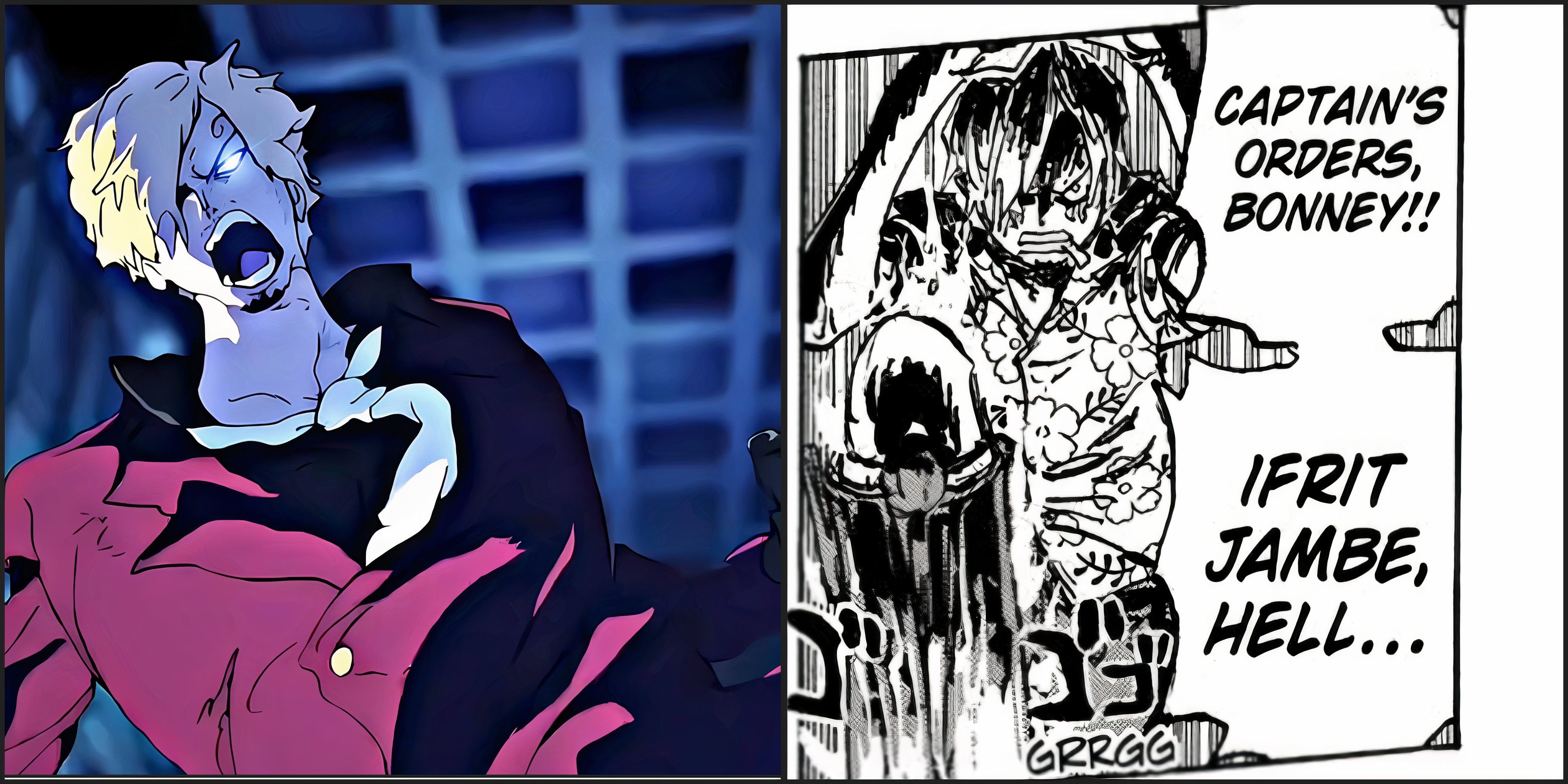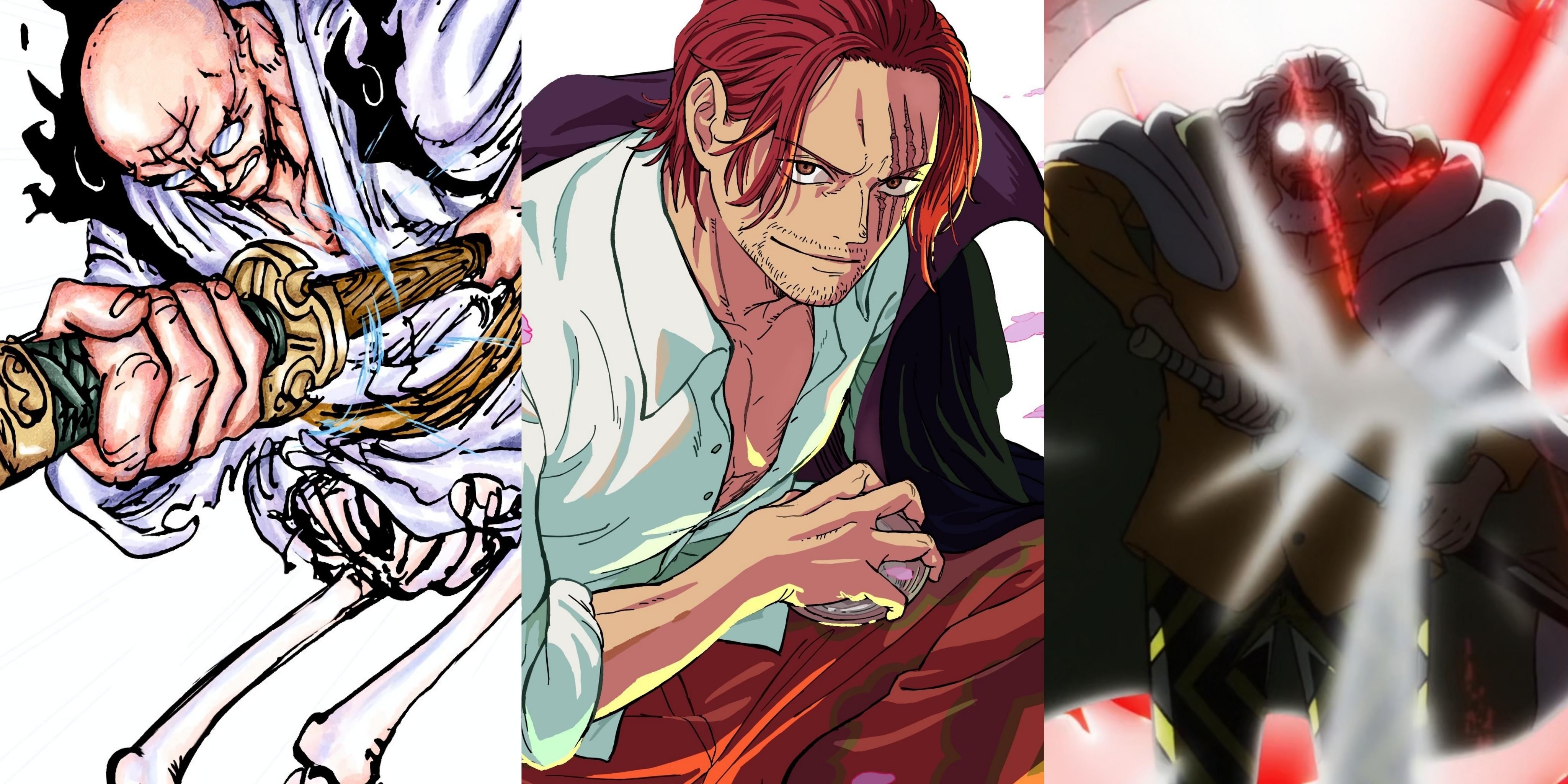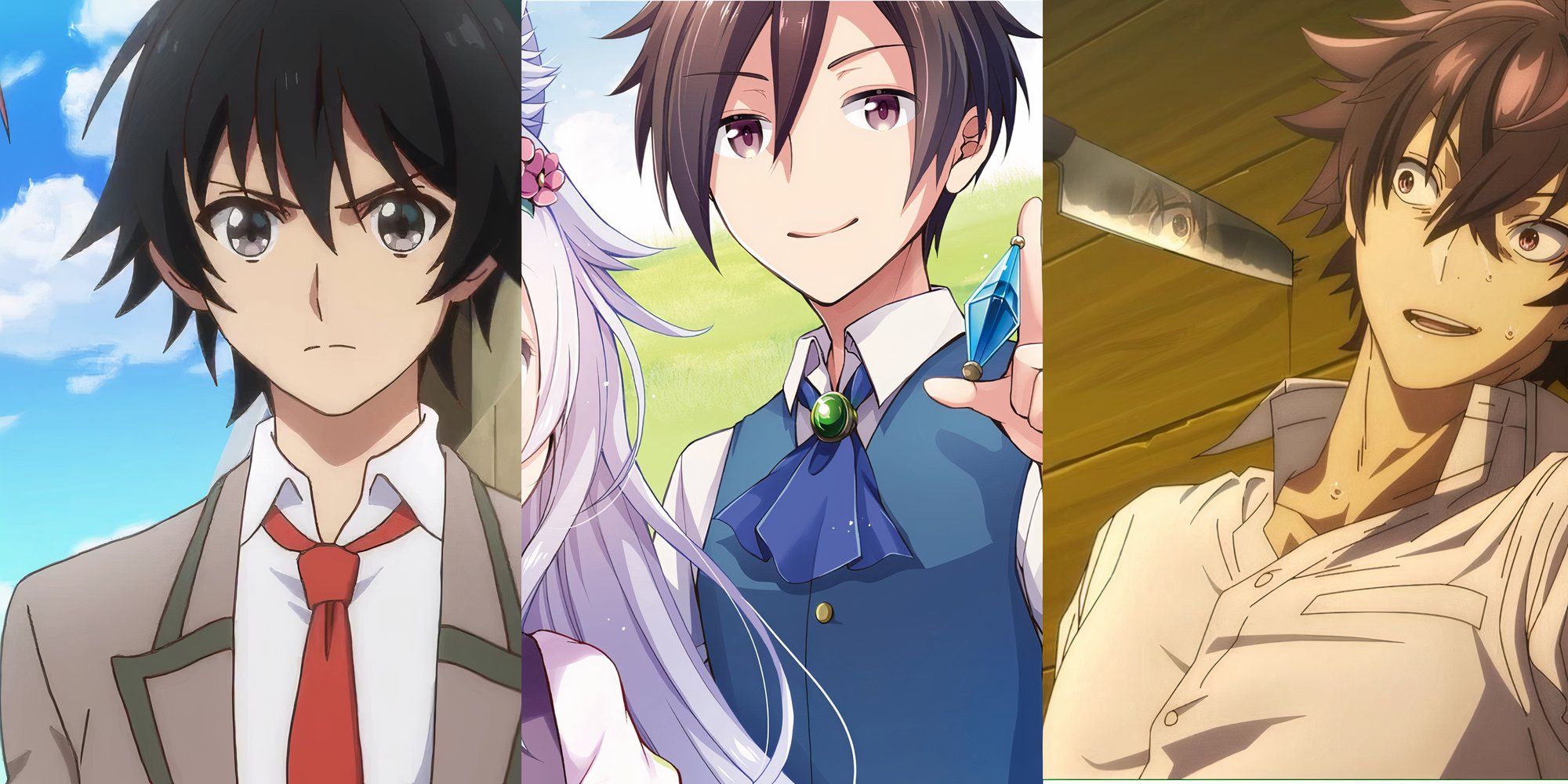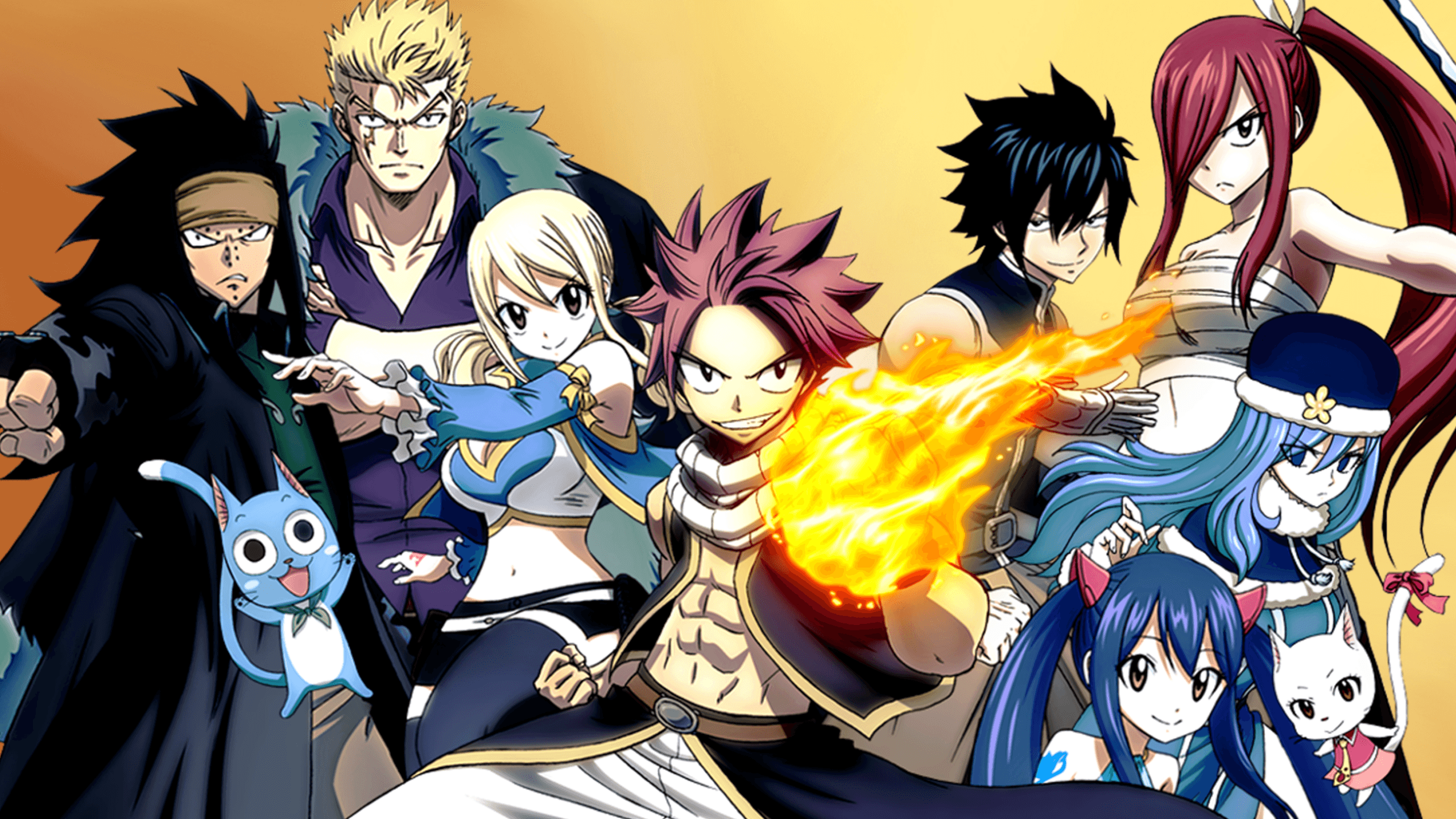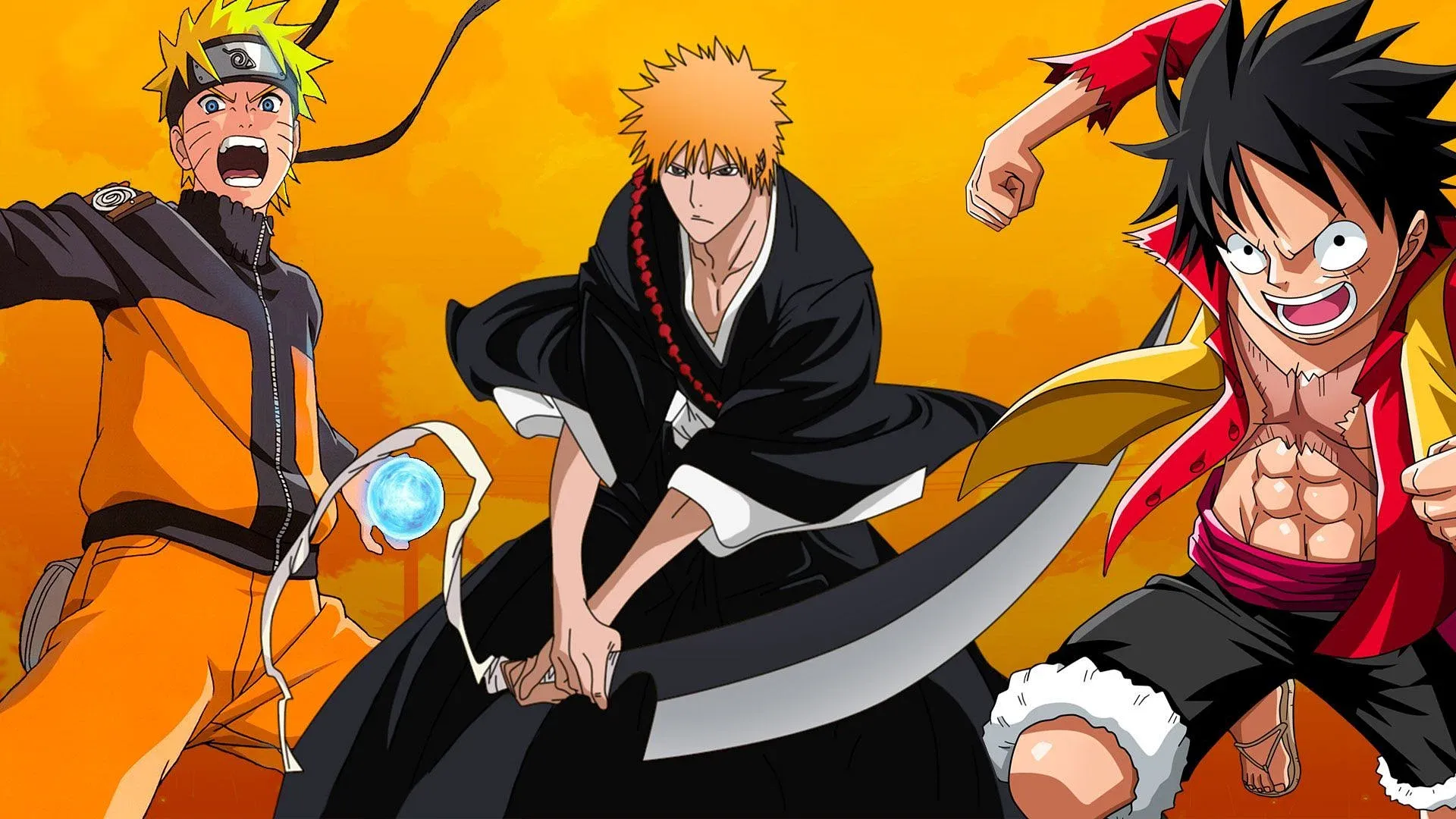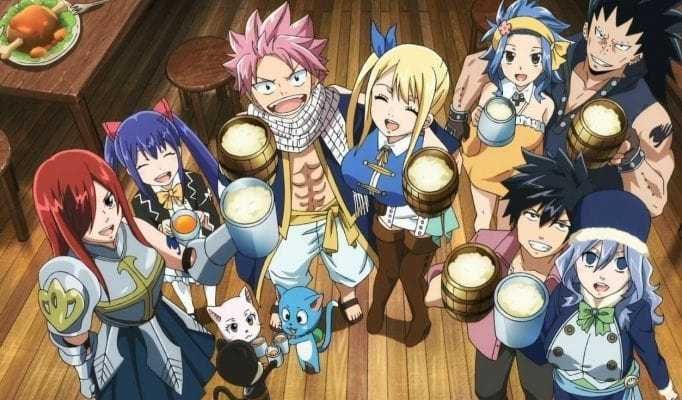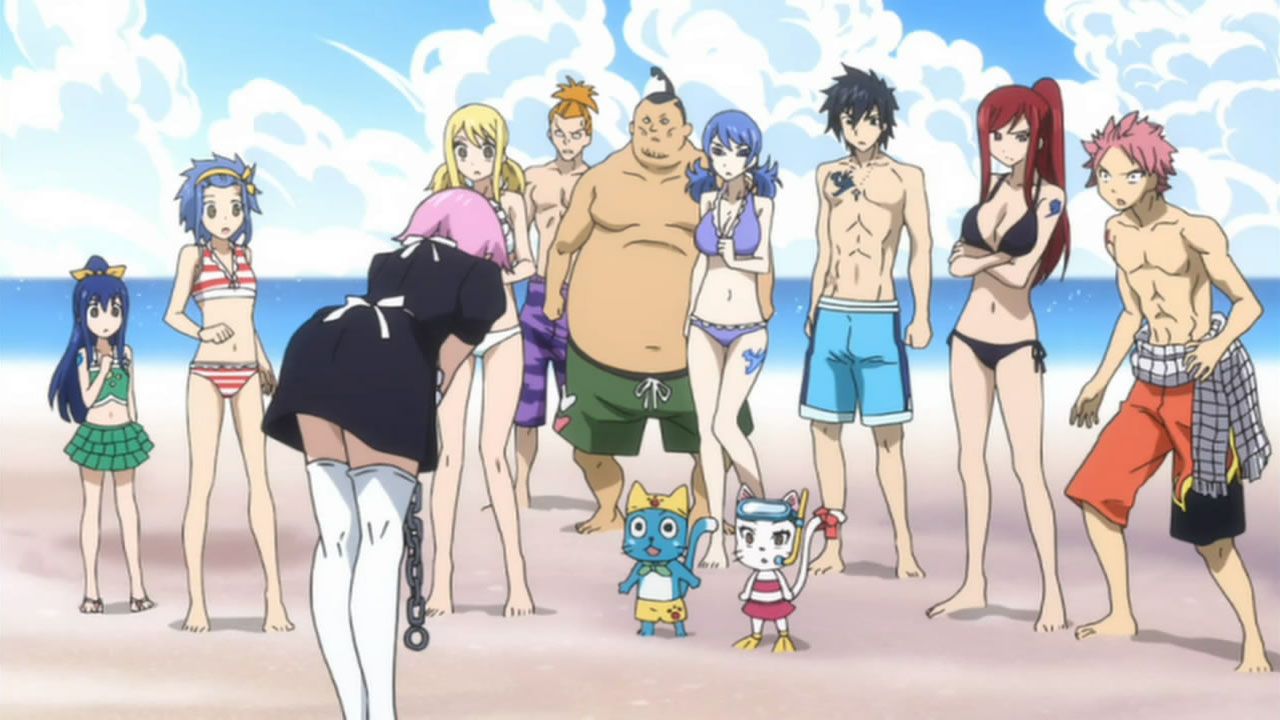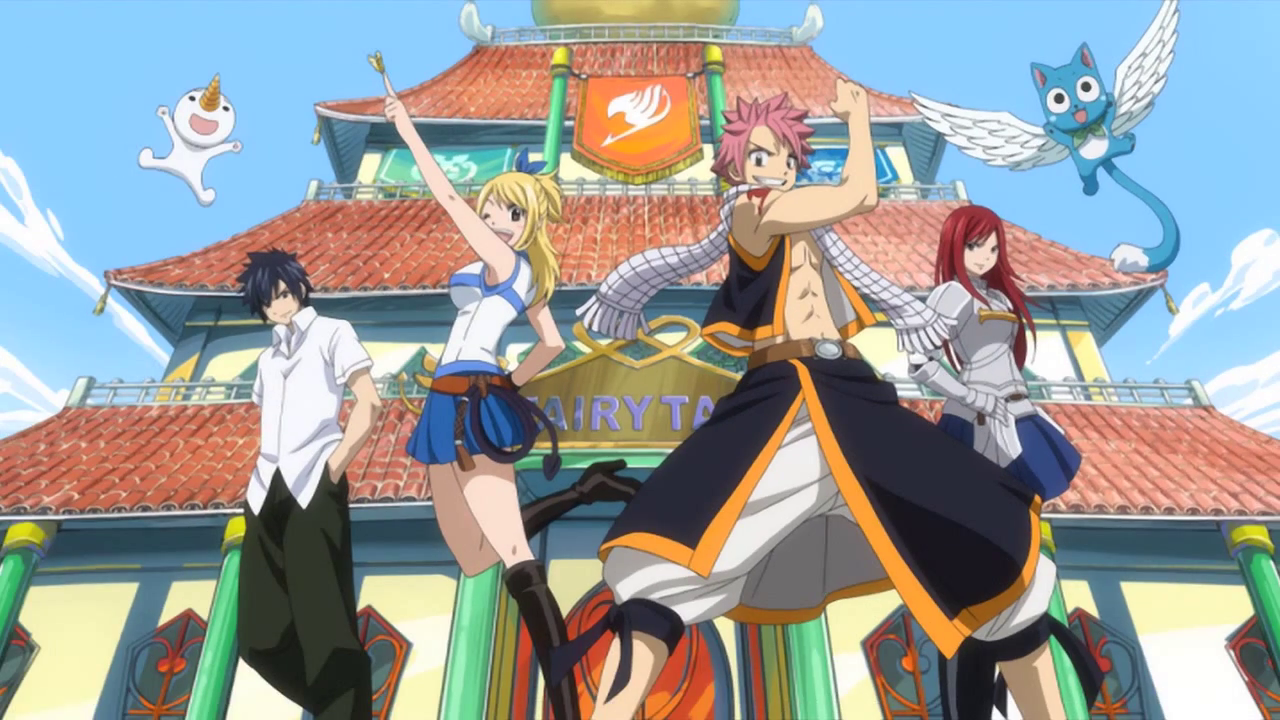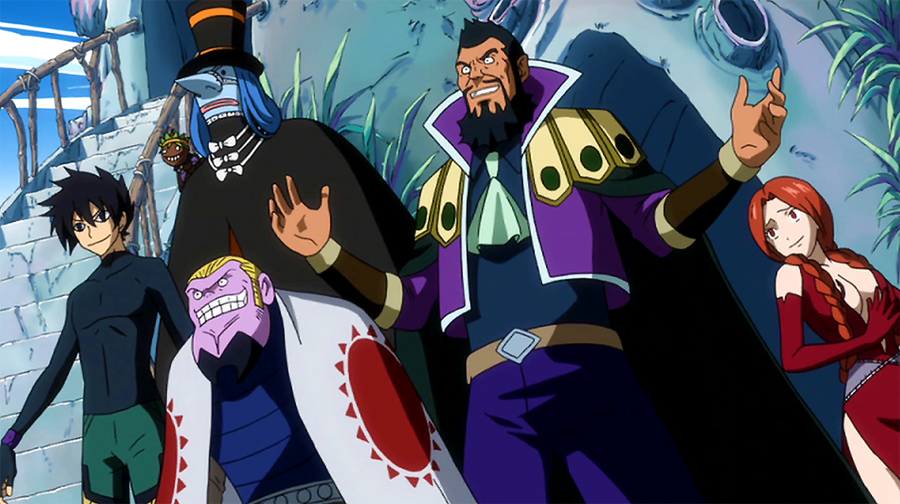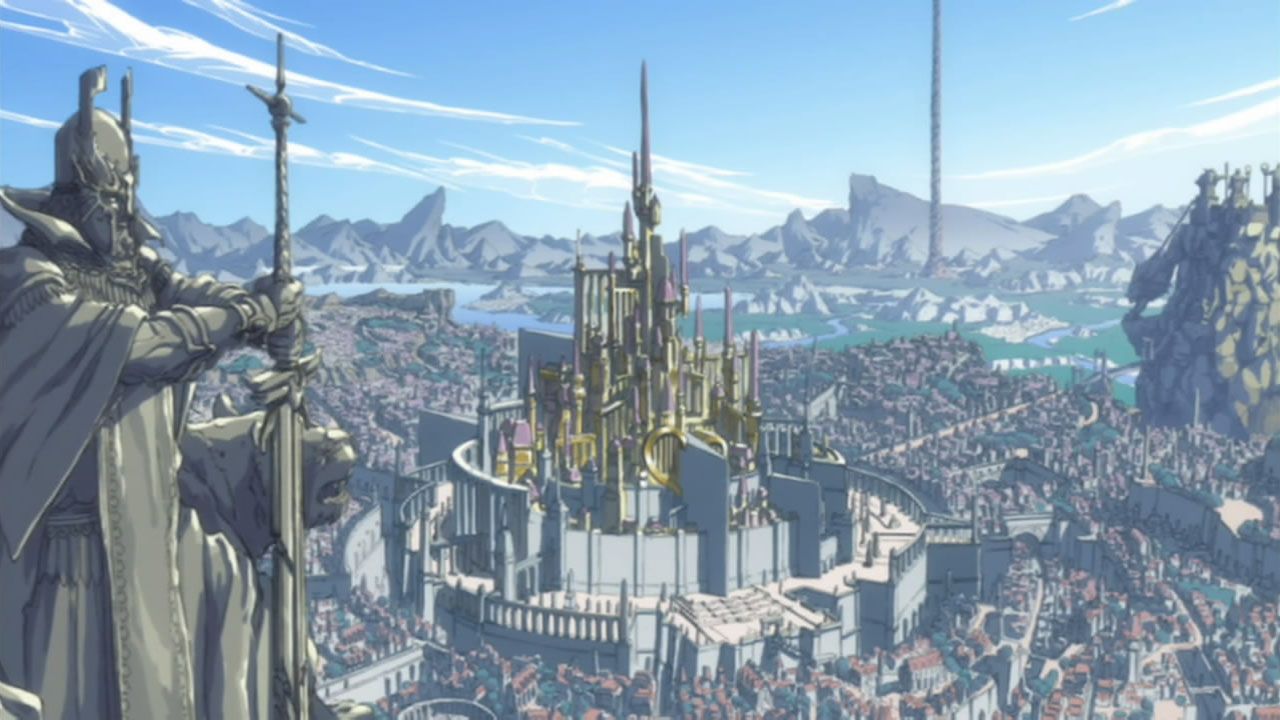With several popular series taking over the anime scene by storm, the competition for taking the top spots in terms of sales and popularity has always been fierce. Still, none have ever come close to the popularity and prestige of the ‘Big Three’ – a term coined for the three longest-running and most popular anime.
There are, however, a few contenders that come close to the Big Three, just merely falling short of achieving that status. One such case is Fairy Tail, a shonen anime illustrated by Hiro Mashima and serialized in Kodansha’s Weekly Shonen Magazine. With the show’s runtime starting in 2006, Fairy Tail soon joined the ranks of some of the longest-running anime out there. Following the story of Natsu Dragneel and the wizard guild ‘Fairy Tail’, the show encompasses adventure, character growth, several promising arcs, and a looming main arc that the story builds up to – checking all the boxes for it to be a valid front-runner for achieving the esteemed status. Unfortunately, the show had a few rough-edges, falling just short of making it to the likes of the Big Three.
What Are the ‘Big Three’ Anime?
The term ‘Big Three’ refers to the three most popular anime of all time, primarily determined based on the number of sales, runtime, and overall popularity, The term was first used by Weekly Shonen Jump for its three top-selling manga; Naruto, One Piece, and Bleach. All three anime had similar characteristics – long-running shonen anime with a focus on action, adventure, and growth.
The Big Three’s status didn’t rely solely on manga sales, as global popularity was another factor that weighed in. This is evident from the fact that Hunter x Hunter, another shonen anime, sold more per volume compared to Bleach. However, due to Bleach's overarching popularity throughout the world, the show retained its status in the Big Three.
Over the years, anime fans have debated the possibility of other anime series joining the ranks of the Big Three. However, the consensus remains that it is highly unlikely that any other anime could come close to the legacy of the original Big Three, especially in terms of the sheer amount of lifetime sales these three shows boast.
Fairy Tail’s Shortcomings
Despite garnering a massive fanbase worldwide, Fairy Tail simply never took off the same way the Big Three did. In terms of sales, the anime stagnated far behind, even below other popular series such as Fullmetal Alchemist and Hunter x Hunter. The show had a solid plotline, but its execution fell short, mostly due to the series’ incessant fanservice, plot armor, and predictable storyline.
Fanservice Taking Away Attention from the Plot
Fanservice isn’t always a bad thing, as almost every anime out there incorporates some sort of subtle entertainment for viewers. However, Fairy Tail takes a rather direct approach to this concept, with overly exaggerated breasts and characters wearing highly explicit clothing.
This might not be an issue for most anime fans, but the over-sexualization of characters takes away a much-needed serious tone, leaving behind a raunchy show with a few action scenes.
The ‘Power of Friendship’ Trope
‘Power of friendship’ is a concept that can be found in most anime, where the protagonist turns around a losing battle by simply remembering the bond they share with their friends and family. The concept isn’t too far from reality, and its use in anime doesn’t necessarily weaken the plot. However, Fairy Tail uses this concept as plot armor multiple times throughout the series, making the show highly predictable.
The Grand Magic Games arc is a prime example of the overuse of this trope in the anime, where almost every single fight seems like a losing battle for the Fairy Tail guild members – until the last minute when the power of friendship kicks in, turning the tide of battle into the protagonists’ favor. This led to the plot becoming highly predictable, taking away the impact the show otherwise would’ve had.
Poorly Written Antagonists
One major drawback of the series is the lack of depth within the antagonists’ characters. It's natural for any show to keep its focus on the protagonist’s growth, but Fairy Tail barely sheds any light on its villains’ backstories and motives. A few antagonists do stand out, such as Jellal and Zeref, but the rest of the series features half-baked villains that only serve the purpose of moving the plot forward and nothing more. This aspect is one of the biggest downfalls of the series, clearly drawing the line between Fairy Tail and the Big Three.
Lack of World-Building
With the show being based around the concept of magic and mythical creatures, Fairy Tail had immense potential in terms of world-building, but the author failed to build around this asset. The story rarely ever leaves the Kingdom of Fiore, and locations outside the guild’s home city of Magnolia are never further narrated. This lack of depth is another one of the reasons why Fairy Tail fell short of reaching the status of the ‘Big Three’.

